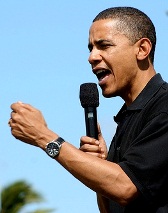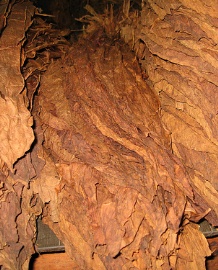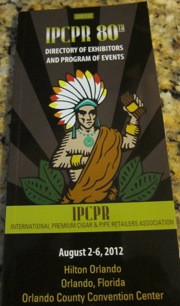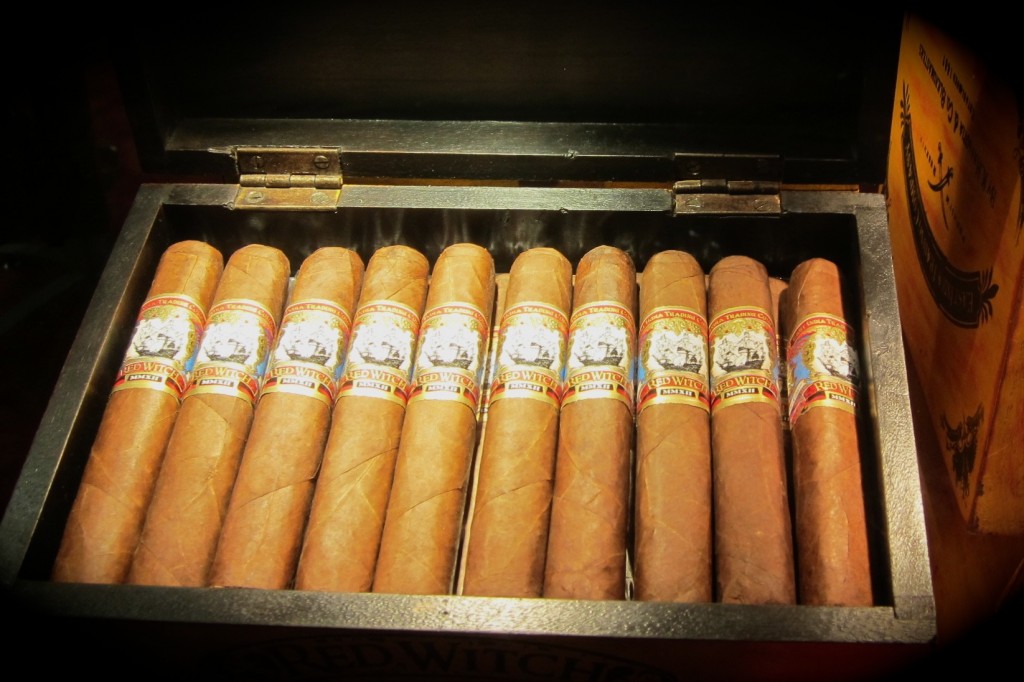Stogie Guys Friday Sampler No. 300
17 Aug 2012
As we have since July 2006, each Friday we’ll post a mixed bag of quick cigar news and other items of interest. Below is our latest Friday Sampler.
 1) We’ve written extensively about the dangerous threat of the FDA regulating premium cigars, but never from the perspective of how the issue might impact the upcoming presidential election. Scott Gottlieb—a physician who has served in a variety of capacities at the FDA and is currently a resident fellow at the American Enterprise Institute—wrote on Wednesday that cigars could play a big role in the election. “Stogie-gate is capturing lots of headlines in Florida—a state that’s home to a vibrant cigar industry,†and one that promises to play a pivotal role in the election, writes Gottlieb. “The administration may decide it’s politically wise to table its regulation until after the November election, rather than risk a backlash. But the president’s regulators have already shown their cards…â€
1) We’ve written extensively about the dangerous threat of the FDA regulating premium cigars, but never from the perspective of how the issue might impact the upcoming presidential election. Scott Gottlieb—a physician who has served in a variety of capacities at the FDA and is currently a resident fellow at the American Enterprise Institute—wrote on Wednesday that cigars could play a big role in the election. “Stogie-gate is capturing lots of headlines in Florida—a state that’s home to a vibrant cigar industry,†and one that promises to play a pivotal role in the election, writes Gottlieb. “The administration may decide it’s politically wise to table its regulation until after the November election, rather than risk a backlash. But the president’s regulators have already shown their cards…â€
2) It was announced that four retailers were bestowed with Golden Band Awards by Davidoff in recognition of merchants who have “done the most to sustain the premium cigar industry and to advance the industry’s agenda in legislation, regulation, and the community.†The winners were John Anderson, owner of Draper’s in Washington; Craig Cass, owner of The Tinderbox in Charlotte; Jeff Borysiewicz, owner of Corona Cigar Co. in Orlando; and Christian Hutson, owner of Just For Him Cigars in Springfield, Missouri. StogieGuys.com joins Davidoff and the IPCPR in congratulating these outstanding champions of cigar rights.
3) Inside the Industry: Drew Estate announced that Michael Cellucci has been promoted to the position of president. Steve Saka, who previously held that title, has been named chief executive officer of Drew Estate. The company also reported that they are expanding their facilities. In addition existing plans to build a new large leaf processing facility across the street from their existing factory in EstelÃ, they are now in the design stages for a new factory to meet growing demand.
4) Contest: There are still a few more days to enter for a chance to win a 3-pack box of My Father Special S cigars signed by master cigarmaker Don Pepin Garcia.
5) Deal of the Week: Here’s a good way to try some new smokes from the recent IPCPR Trade Show without having to go in for a full box. At just $30, this sampler includes two each of the new Merlion by La Sirena, Fernando León Family Reserve, Liga Undercrown Toro by Drew Estate, Romeo y Julieta Havoc, and Rocky Patel Hercules.
photo credit: Flickr

 I’m certainly guilty of using the word in an admittedly vague way, particularly when it comes to the reviews I write. I often mention texture when I’m describing the smoking characteristics of the particular cigar I’m examining. Usually right after the flavor, which I personally consider to be a completely different characteristic.
I’m certainly guilty of using the word in an admittedly vague way, particularly when it comes to the reviews I write. I often mention texture when I’m describing the smoking characteristics of the particular cigar I’m examining. Usually right after the flavor, which I personally consider to be a completely different characteristic. When we visited Drew Estate in May, Jonathan Drew called Ecuador the “Land of Milk and Money.” Given the number of Ecuadorian wrappers at this year’s Trade Show, it would be hard to argue. It seemed like every other new release featured an Ecuador-grown wrapper.
When we visited Drew Estate in May, Jonathan Drew called Ecuador the “Land of Milk and Money.” Given the number of Ecuadorian wrappers at this year’s Trade Show, it would be hard to argue. It seemed like every other new release featured an Ecuador-grown wrapper. Think Drew Estate nowadays: Liga Pravada. Undercrown. T52.
Think Drew Estate nowadays: Liga Pravada. Undercrown. T52.
 Here at StogieGuys.com, we’ve already reviewed some of the new 2012 releases that either officially hit the market before the convention, or that we were mailed pre-release samples of. But now the floodgates are wide open. So today I bring you my review of the Toro size (6 x 52) of the Montecristo Epic Vintage 2007 from Altadis USA.
Here at StogieGuys.com, we’ve already reviewed some of the new 2012 releases that either officially hit the market before the convention, or that we were mailed pre-release samples of. But now the floodgates are wide open. So today I bring you my review of the Toro size (6 x 52) of the Montecristo Epic Vintage 2007 from Altadis USA.

 Patrick Ashby
Co-Founder & Editor in Chief
Patrick Ashby
Co-Founder & Editor in Chief Patrick Semmens
Co-Founder & Publisher
Patrick Semmens
Co-Founder & Publisher George Edmonson
Tampa Bureau Chief
George Edmonson
Tampa Bureau Chief